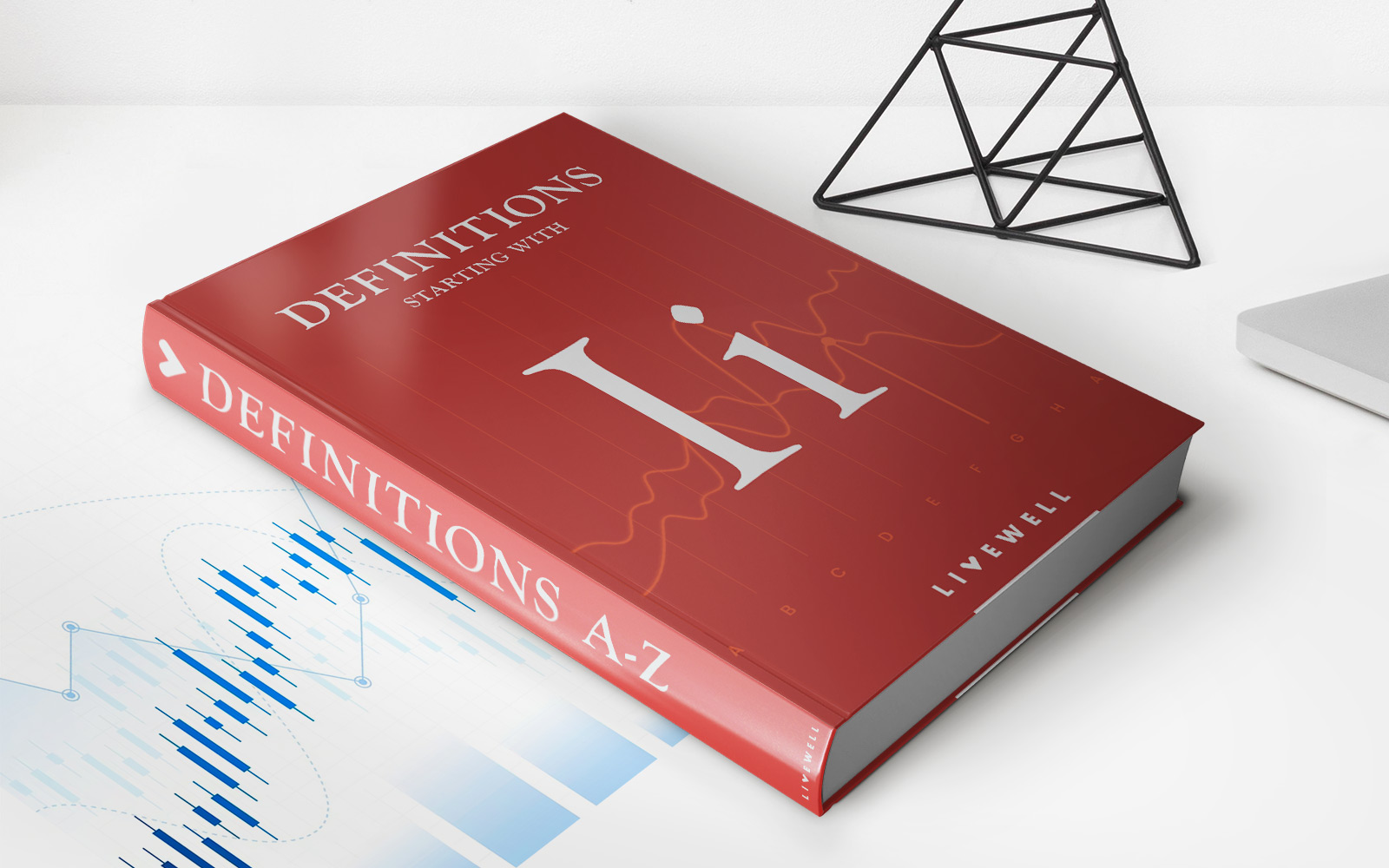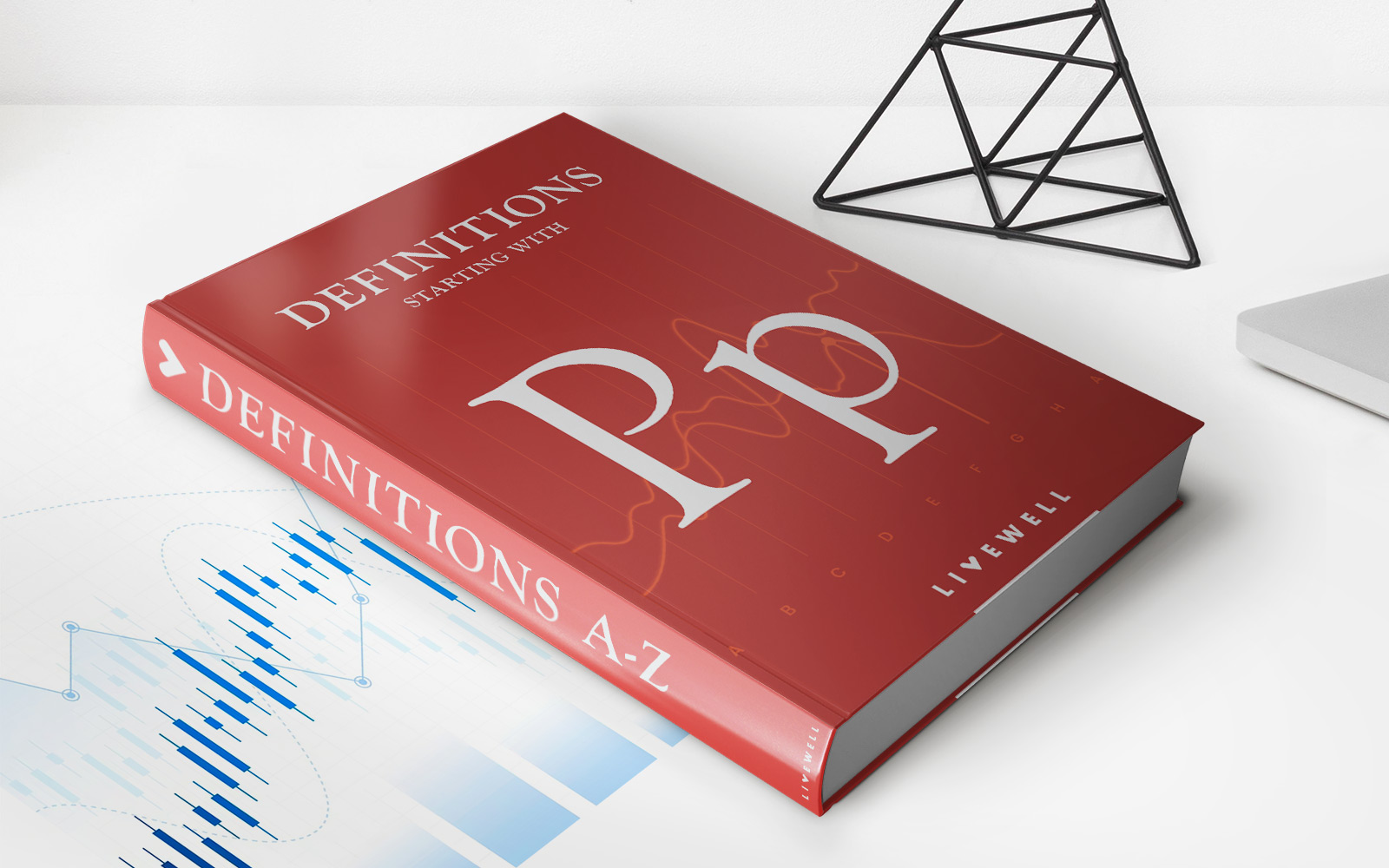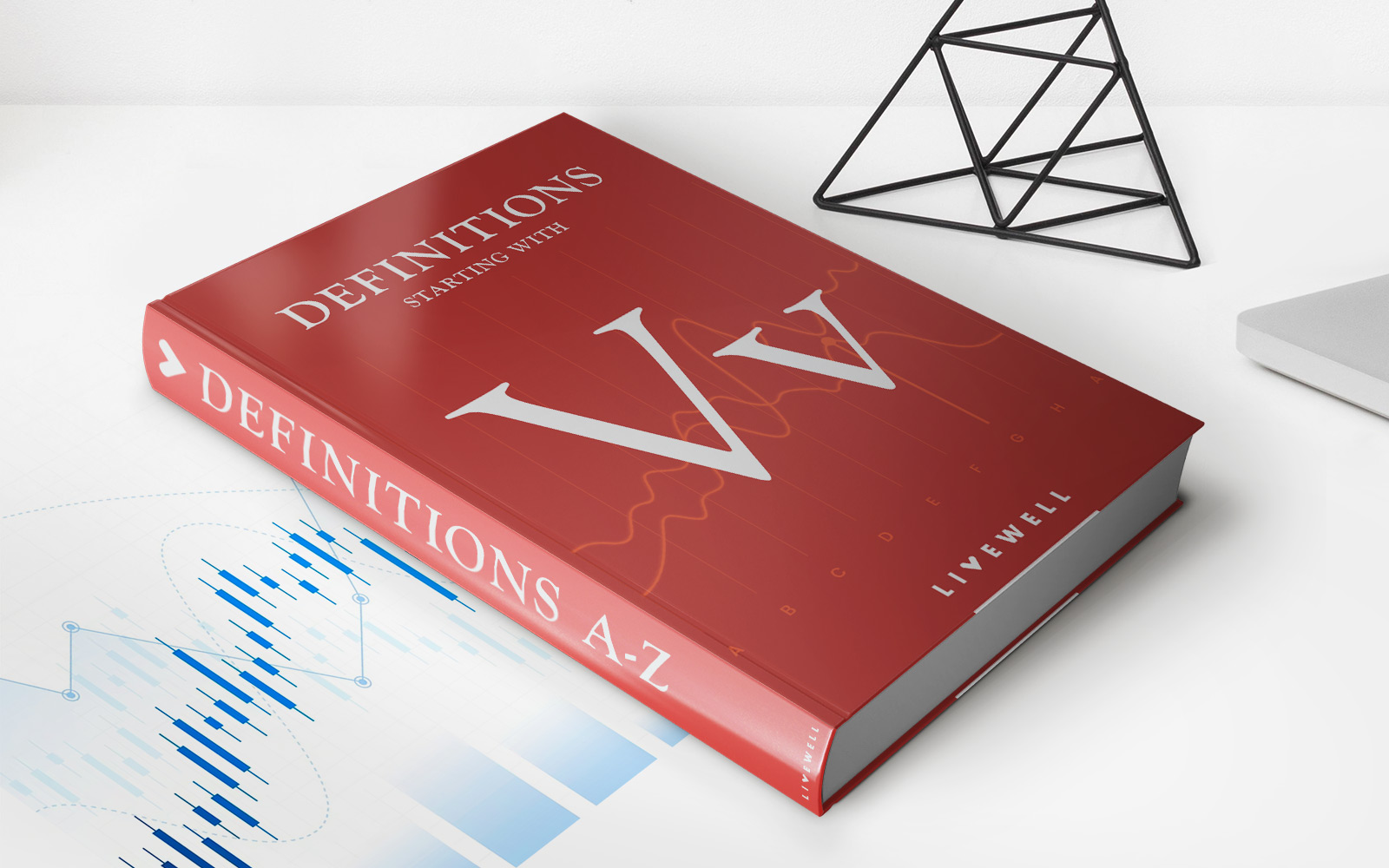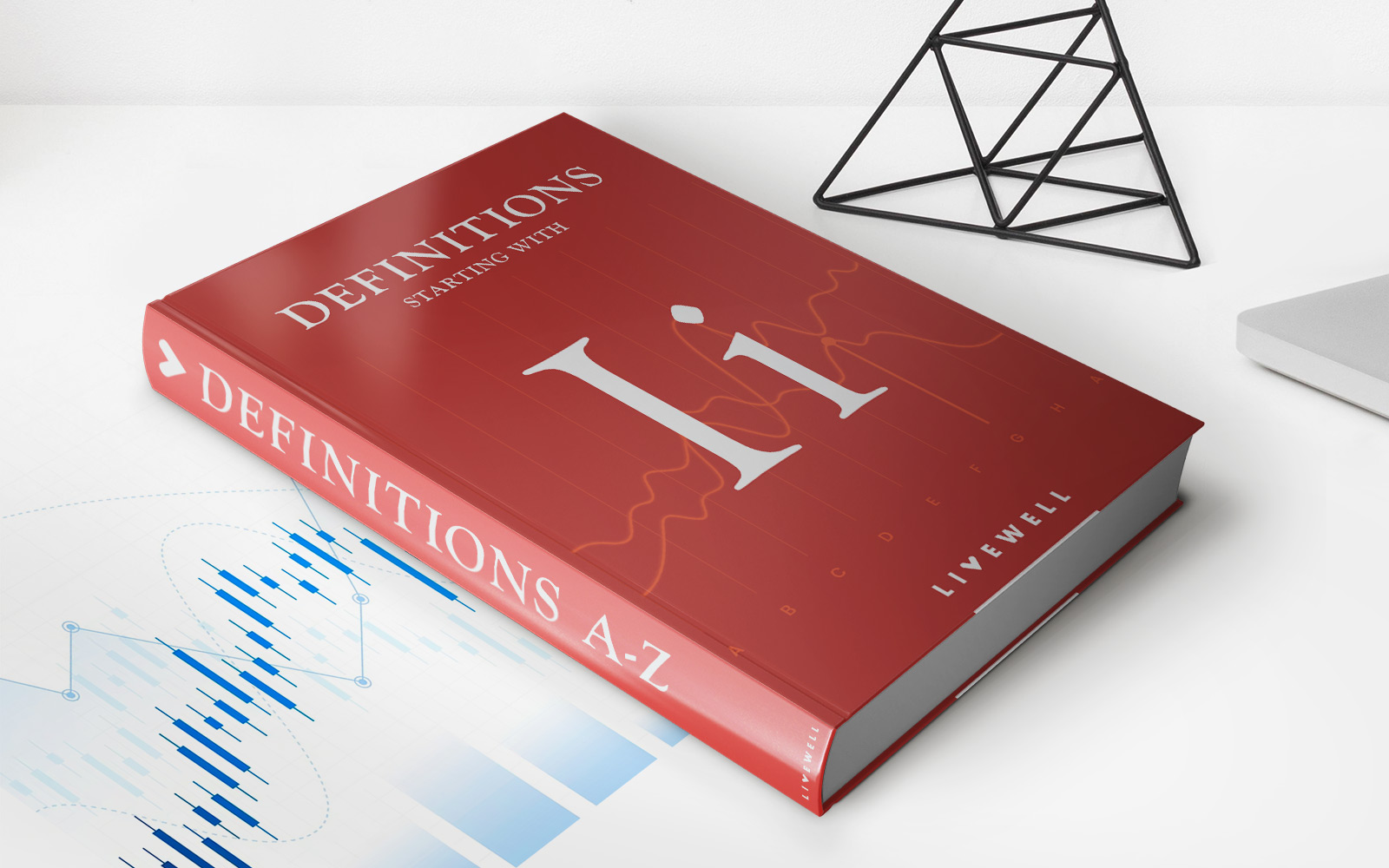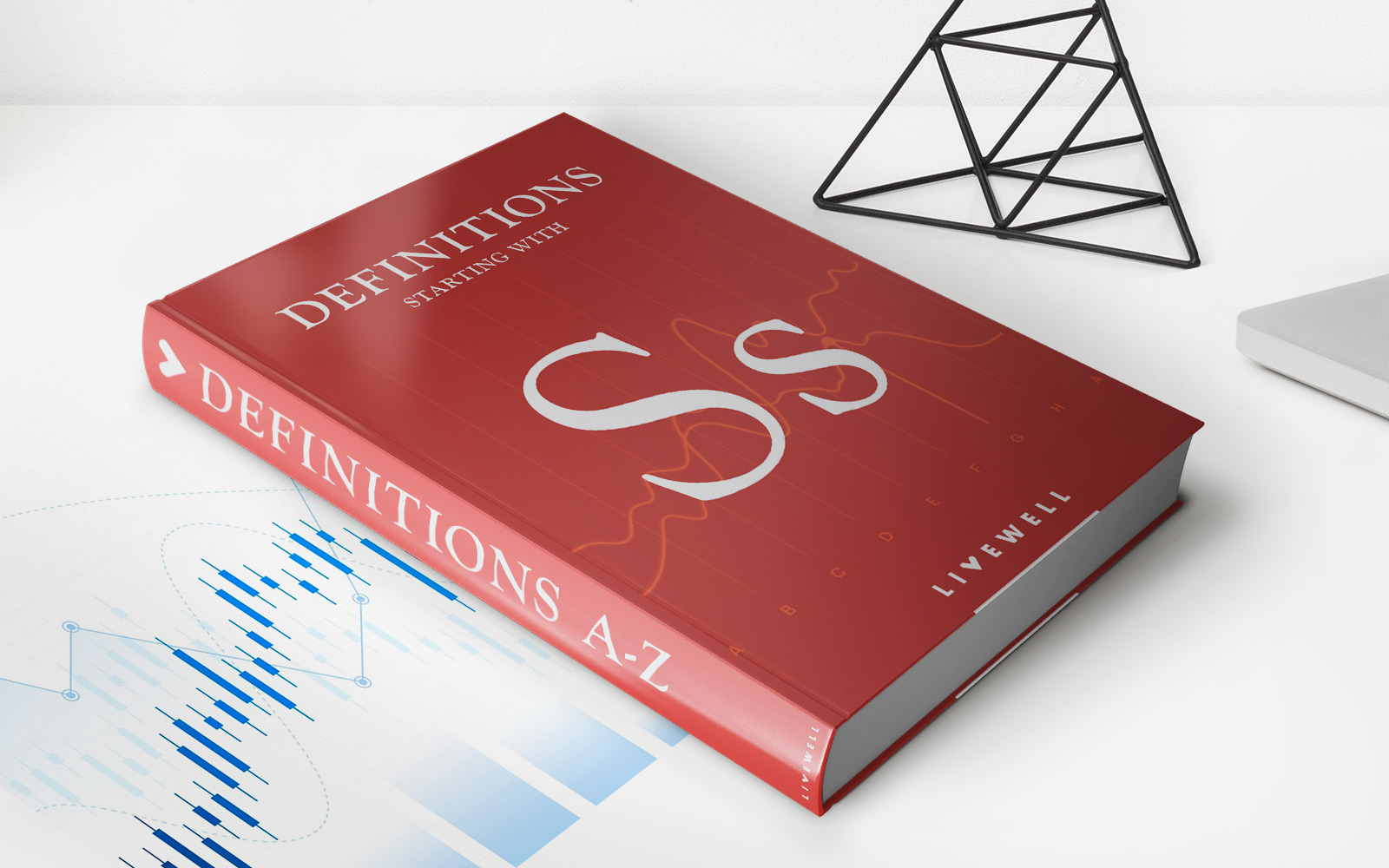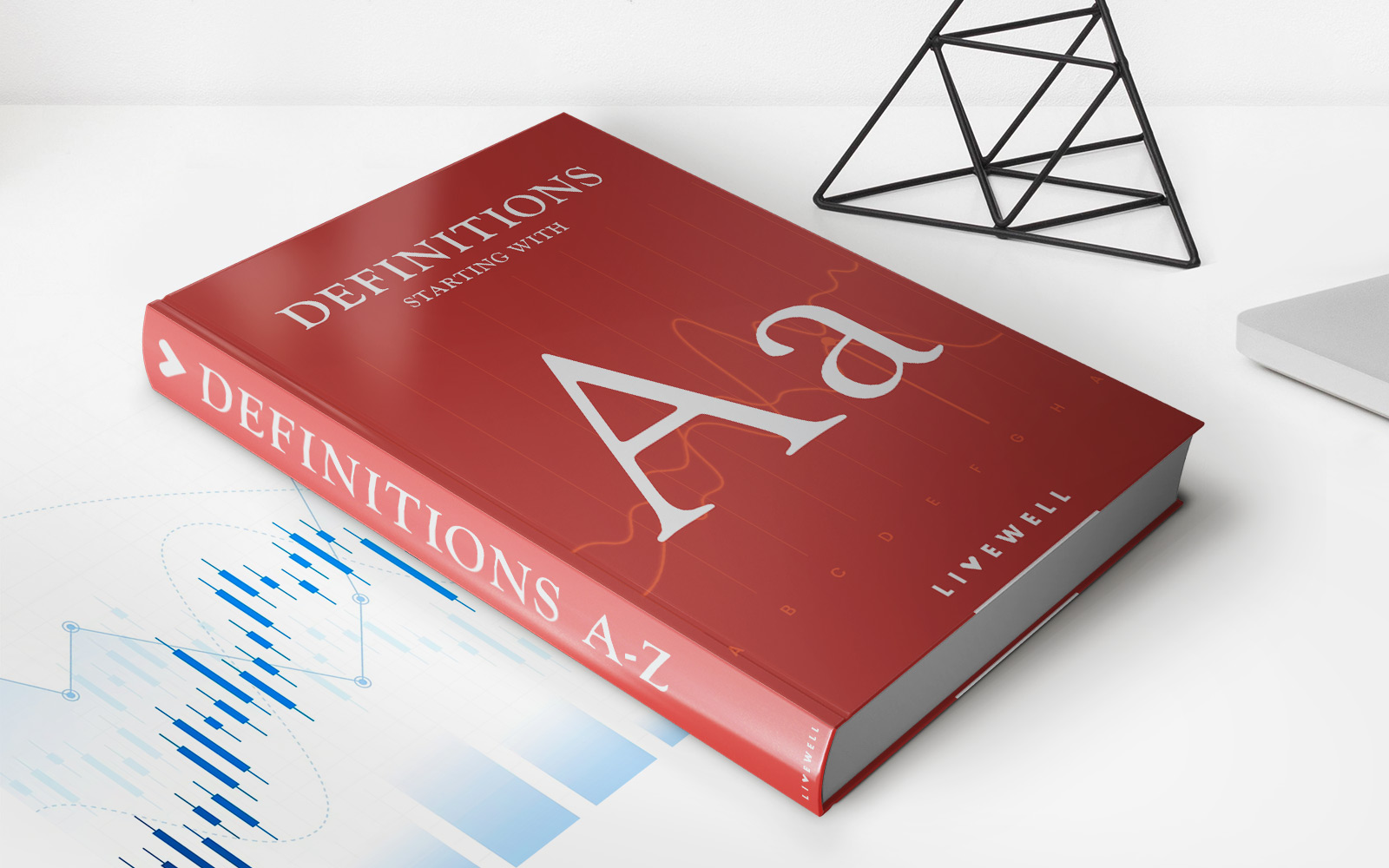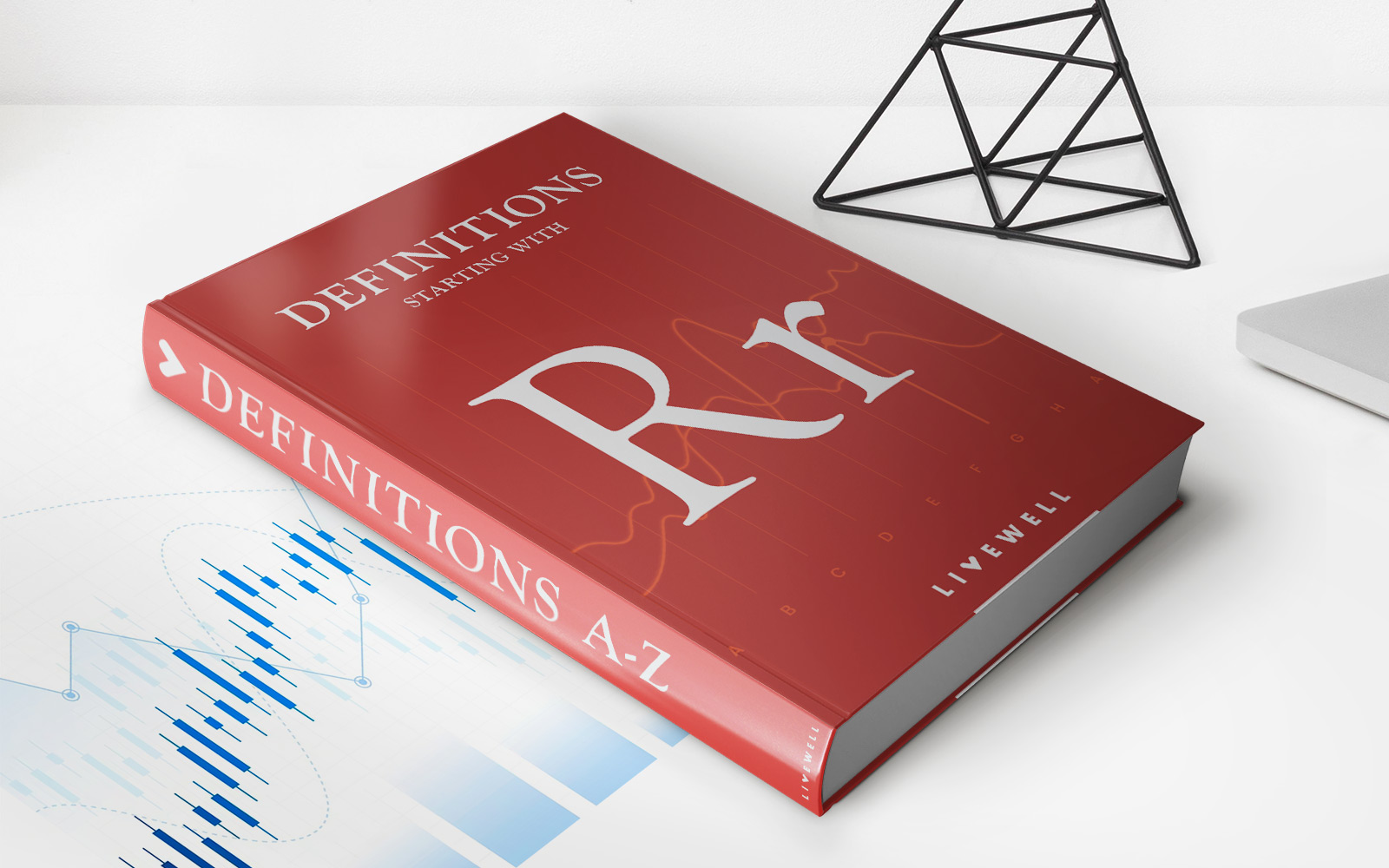Home>Finance>What Is Inventory? Definition, Types, And Examples
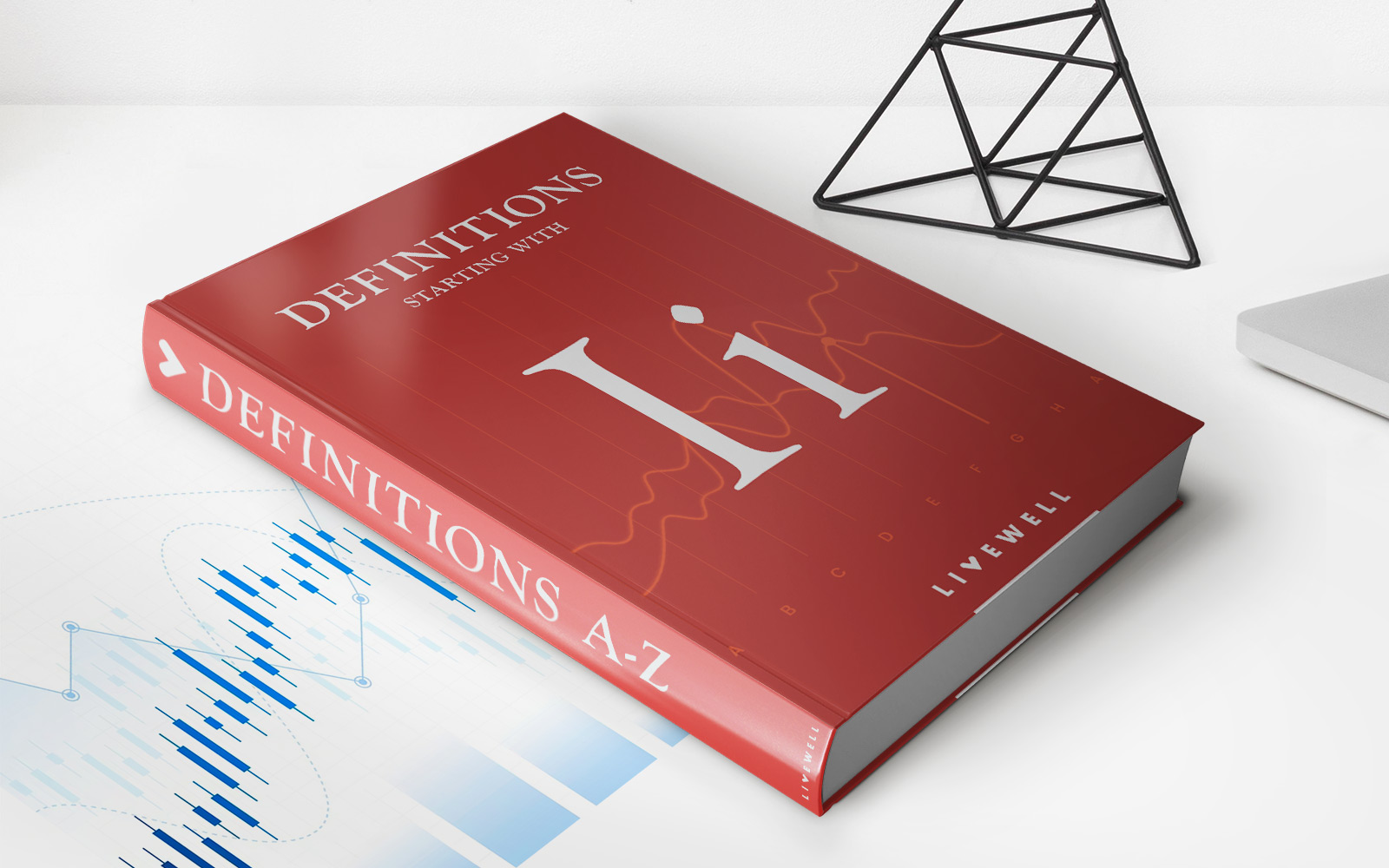

Finance
What Is Inventory? Definition, Types, And Examples
Published: December 12, 2023
Discover the definition, types, and examples of inventory in finance. Optimize your business with effective inventory management strategies.
(Many of the links in this article redirect to a specific reviewed product. Your purchase of these products through affiliate links helps to generate commission for LiveWell, at no extra cost. Learn more)
What Is Inventory? Definition, Types, and Examples
Managing finances well is crucial for any business. One key aspect of financial management is inventory. But what exactly is inventory, and why is it important? In this blog post, we will explore the definition of inventory, discuss its types, and provide real-world examples to help you grasp this essential concept.
Key Takeaways:
- Inventory refers to the goods and materials that a business holds for production, sale, or delivery to customers.
- There are various types of inventory, including raw materials, work-in-progress, finished goods, and MRO (maintenance, repair, and operations) inventory.
What Is Inventory?
Inventory, in simple terms, refers to the goods and materials held by a business for various purposes. These purposes can range from production and sale to distribution and delivery to customers. Inventory plays a critical role in the supply chain process, ensuring that a company can meet customer demand effectively.
Now that we understand the definition of inventory, let’s dive into its different types:
Types of Inventory
1. Raw Materials: This type of inventory includes the basic elements or ingredients used in the production process. For example, in a bakery, flour, sugar, and eggs would be considered raw material inventory.
2. Work-in-Progress: Also referred to as WIP, this inventory category consists of partially finished goods that are currently being worked on. WIP inventory represents the value of materials and labor invested in unfinished products.
3. Finished Goods: Finished goods inventory includes the final products that are ready to be sold or shipped to customers. For a clothing retailer, this would include the inventory of dresses, shirts, and pants available for purchase.
4. MRO Inventory: MRO stands for maintenance, repair, and operations. This type of inventory consists of items used to support production and operations, such as tools, spare parts, or office supplies.
Examples of Inventory
To provide a better understanding, let’s look at a few examples:
Example 1: Automobile Manufacturer:
- The raw material inventory for an automobile manufacturer would include steel, rubber, glass, and other components used in the production process.
- Work-in-progress inventory would consist of partially assembled vehicles at various stages of production.
- The finished goods inventory would comprise the completed cars, ready to be sold to dealerships or directly to customers.
- MRO inventory in this case would include tools, machinery parts, and office supplies necessary to support the manufacturing and operations.
Example 2: Retail Store:
- In the case of a retail store, raw materials would not be applicable. The primary inventory type would be finished goods, including clothing, electronics, and other products for sale.
- Work-in-progress inventory is not relevant as the goods are already finished.
- The store would still require MRO inventory for office supplies, maintenance tools, and other operational needs.
Understanding inventory and its types is crucial for effective financial management. It enables businesses to optimize their production, ensure a steady supply of products, and meet customer demands efficiently. By gaining a deeper insight into inventory, you can make informed decisions to enhance your business’s bottom line.
So, now that we’ve covered the basics, take a moment to evaluate your own business’s inventory practices. Are you effectively managing your inventory? Are there any areas that need improvement? By taking stock of your inventory, you can take the necessary steps to drive your business forward.
